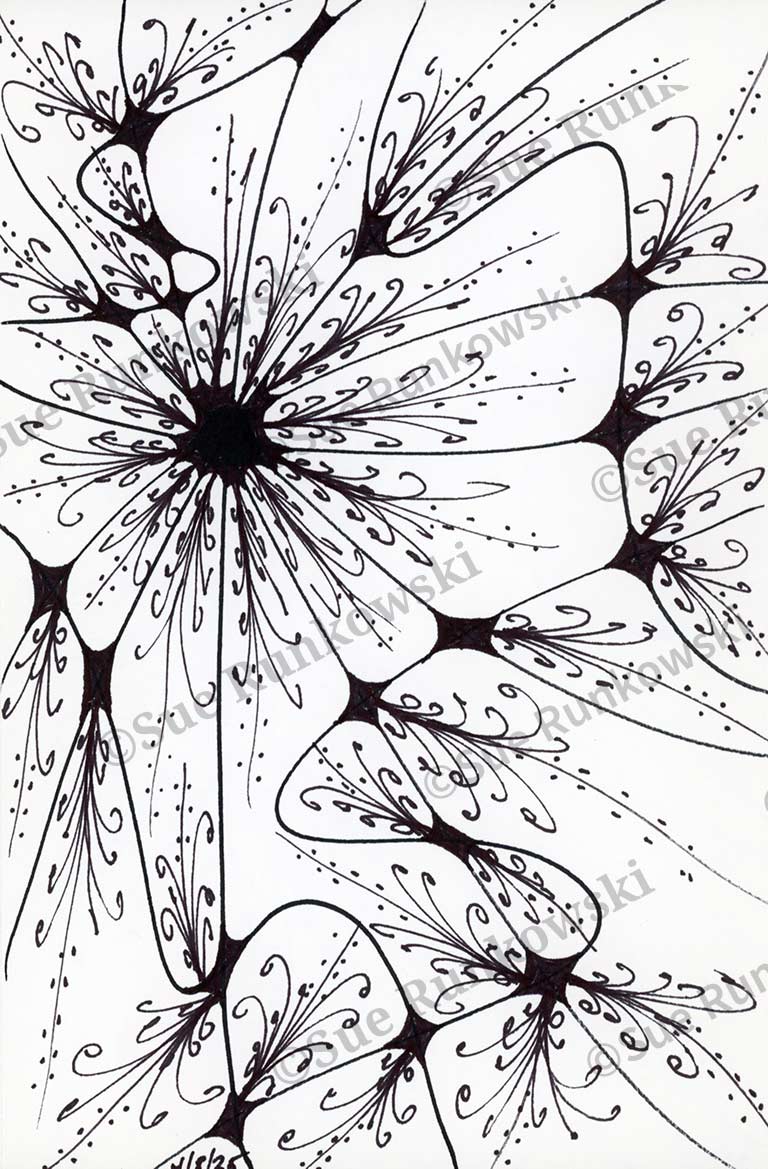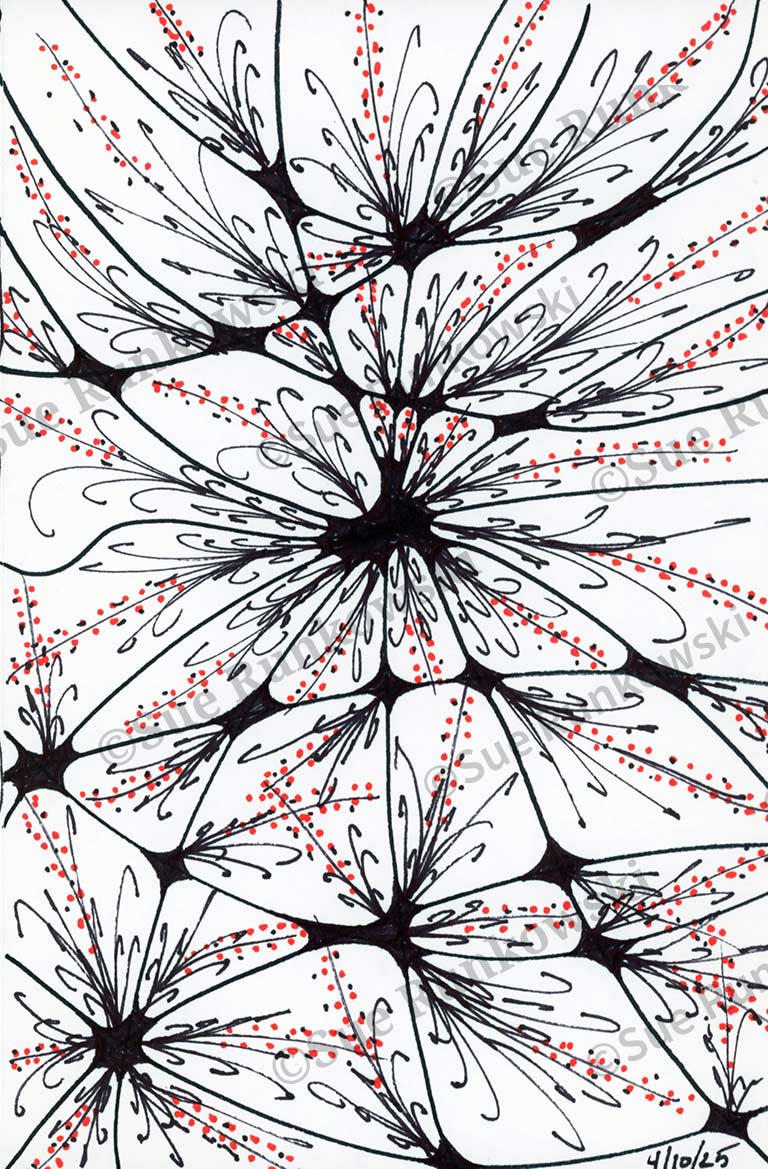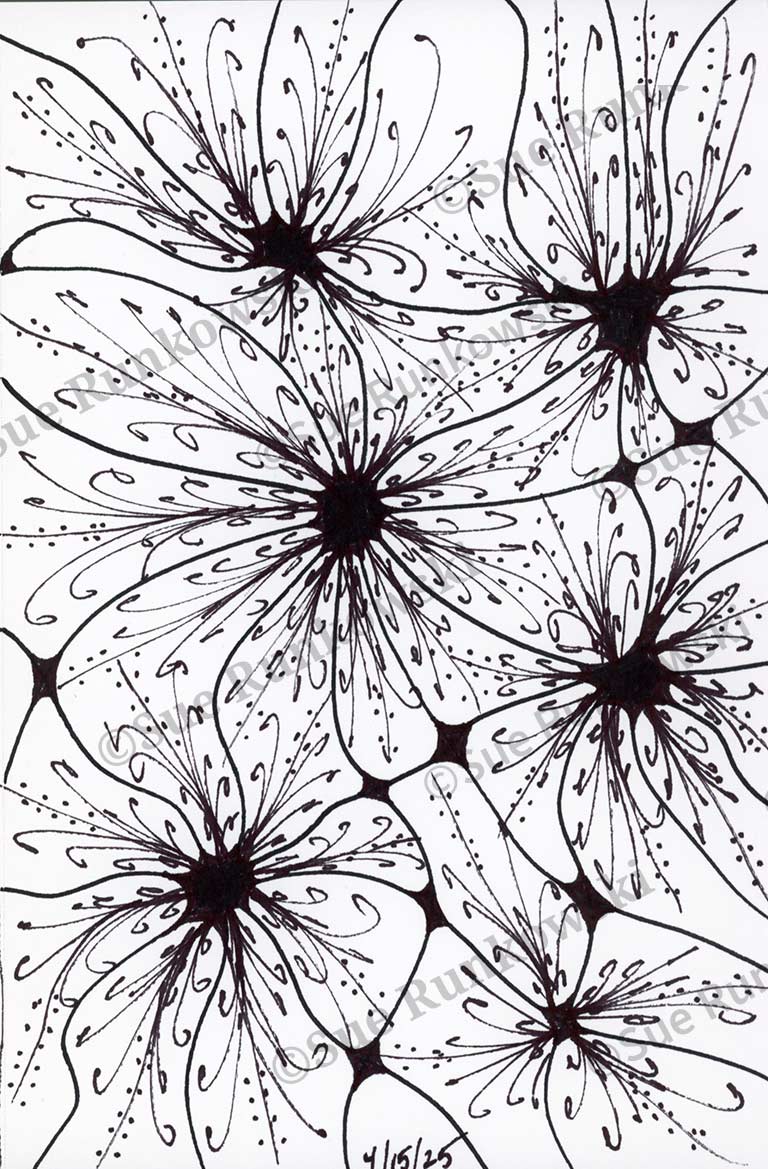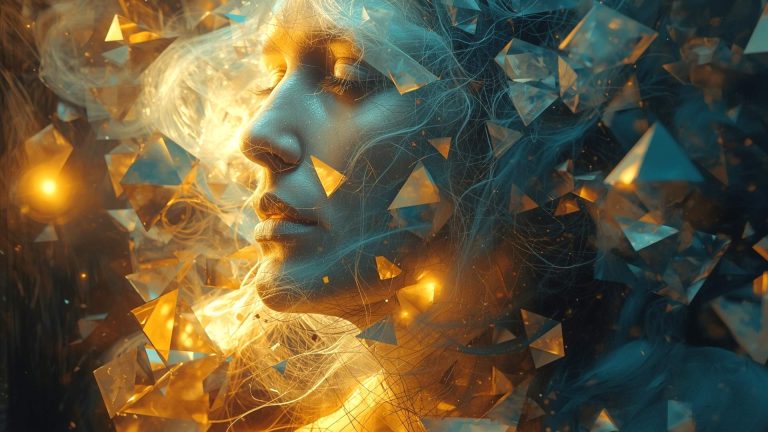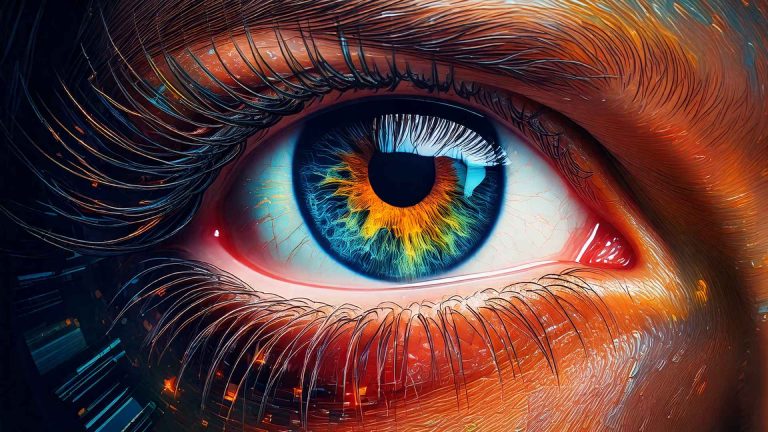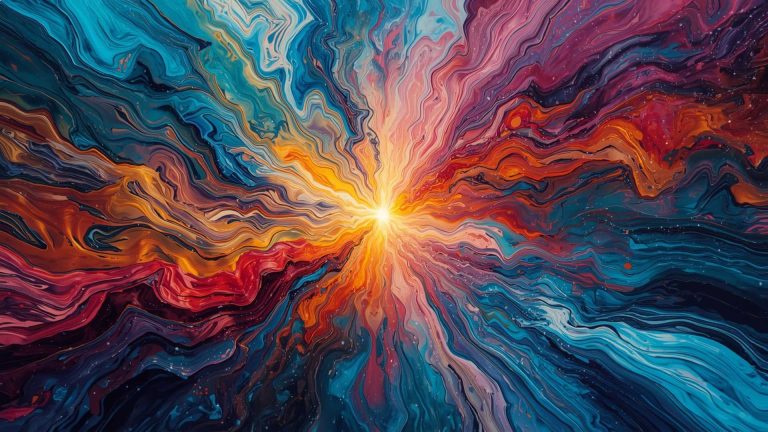Exploring the hidden links between neuroscience and visual creativity
Read time 2 minutes
flipped through my sketchbook pages from the past two weeks, and a surprising pattern emerged—many of my drawings echoed the intricate forms of human brain neurons. This wasn’t intentional, but it sparked a powerful question: What shaped this creative direction?
Was it the result of my line work becoming looser and more instinctive after years of daily sketching? Or was it influenced by the scientific world I engage with every day in my professional life? Driven by curiosity, I began to explore the fascinating intersection where art and science meet—specifically, the deep connection between neuroscience and visual expression.
This intersection is more than just a concept—it’s a vibrant, evolving dialogue between how we create and how our brains process what we see. Neuroscience has shown that the brain doesn’t just record visual input; it actively constructs our visual experience. From basic shapes and lines to complex compositions, our brains interpret art through a rich network of memory, emotion, and perception.
Artists, knowingly or not, have long tapped into this neural language. Through color, contrast, and perspective, they guide our gaze and stir our emotions. Iconic figures like M.C. Escher explored optical illusions that still captivate neuroscientists today—researchers now use these illusions to better understand how the brain resolves ambiguity and recognizes patterns.
At the same time, the field of “neuroaesthetics” is uncovering how art impacts the brain. Functional MRI studies show that engaging with art activates the brain’s reward centers—the same areas triggered by love, beauty, and meaningful experiences.
Beyond theory, this connection is being used in powerful ways. In therapy, art is helping patients with neurological disorders—from stroke to PTSD—by stimulating neuroplasticity and unlocking new pathways for healing. Meanwhile, collaborations between artists and scientists are producing groundbreaking work, from brain data-inspired installations to creative tools for public education.
At its core, this is a story about discovery. It’s about how creativity and cognition are deeply intertwined. Whether you’re an artist, a scientist, or simply curious about how we see the world, exploring this intersection reveals something incredible: the brain isn’t just a subject of art—it’s the ultimate artist.

